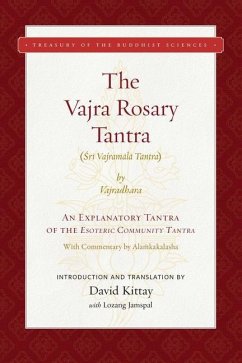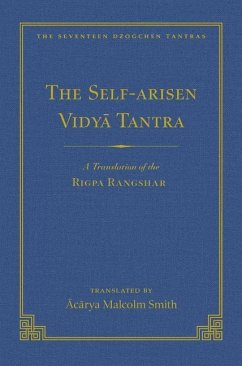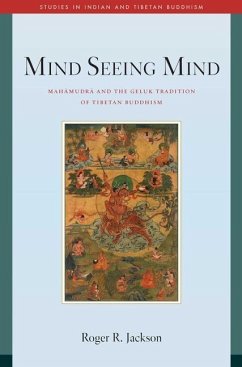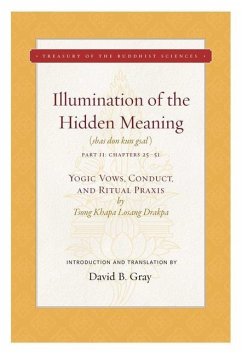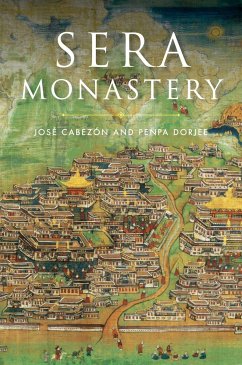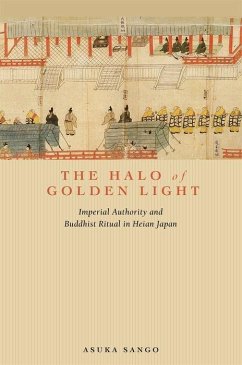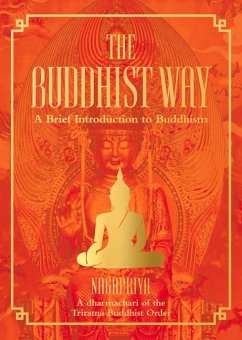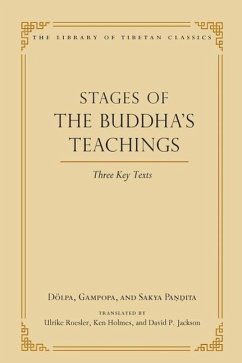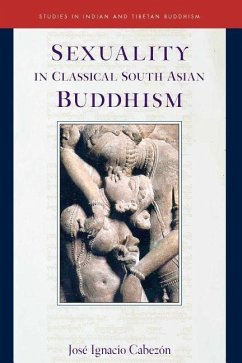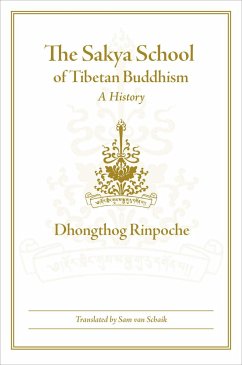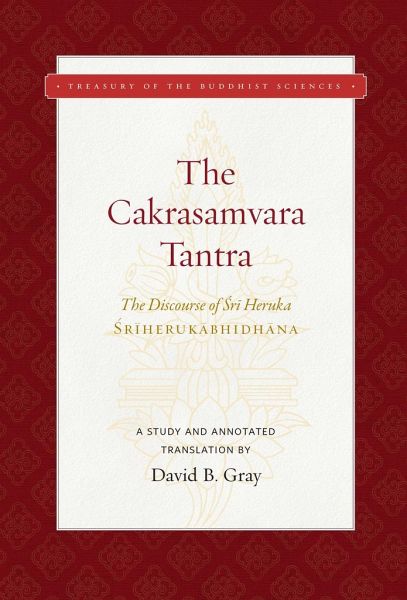
The Cakrasamvara Tantra (the Discourse of Sri Heruka)
A Study and Annotated Translation
Versandkostenfrei!
Versandfertig in über 4 Wochen
43,99 €
inkl. MwSt.

PAYBACK Punkte
22 °P sammeln!
This is the first complete, critical English translation of the Cakrasamvara Tantra, also known as the Sriherukabhidhana and Laghusamvara. This is the first complete, critical English translation of the Cakrasamvara Tantra. Composed in India during the eighth century, it is a foundational scripture of one of the most important Indian Buddhist tantric traditions. The translator’s introductory essay provides an analysis of the historical and intellectual contexts in which the Cakrasamvara Tantra was composed. The heavily annotated translation was made on the basis of the surviving Sanskrit...
This is the first complete, critical English translation of the Cakrasamvara Tantra, also known as the Sriherukabhidhana and Laghusamvara. This is the first complete, critical English translation of the Cakrasamvara Tantra. Composed in India during the eighth century, it is a foundational scripture of one of the most important Indian Buddhist tantric traditions. The translator’s introductory essay provides an analysis of the historical and intellectual contexts in which the Cakrasamvara Tantra was composed. The heavily annotated translation was made on the basis of the surviving Sanskrit manuscripts of the tantra and its commentaries, parallel passages in related explanatory tantras (vyakhyatantra), two different Tibetan translations of the root text, and several Tibetan commentaries. Includes a trilingual glossary and index. The author has also translated the commentary on this tantra by the great Tibetan scholar Tsong Khapa (1357–1419), Illumination of the Hidden Meaning , now published in two companion volumes. Taken together, these three volumes provide the reader with the first full study in English of this pivotal tantra. Composed in India during the late eighth or early ninth century, the Cakrasamvara Tantra is a foundational scripture of one of the most important Indian Buddhist tantric traditions, as evidenced by the vast number of commentaries and ritual literature associated with it. Along with the Hevajra Tantra, it is one of the earliest and most influential of the yogini tantras, a genre of tantric Buddhist scripture that emphasizes female deities, particularly the often fiercely depicted yoginis and ?akinis.



